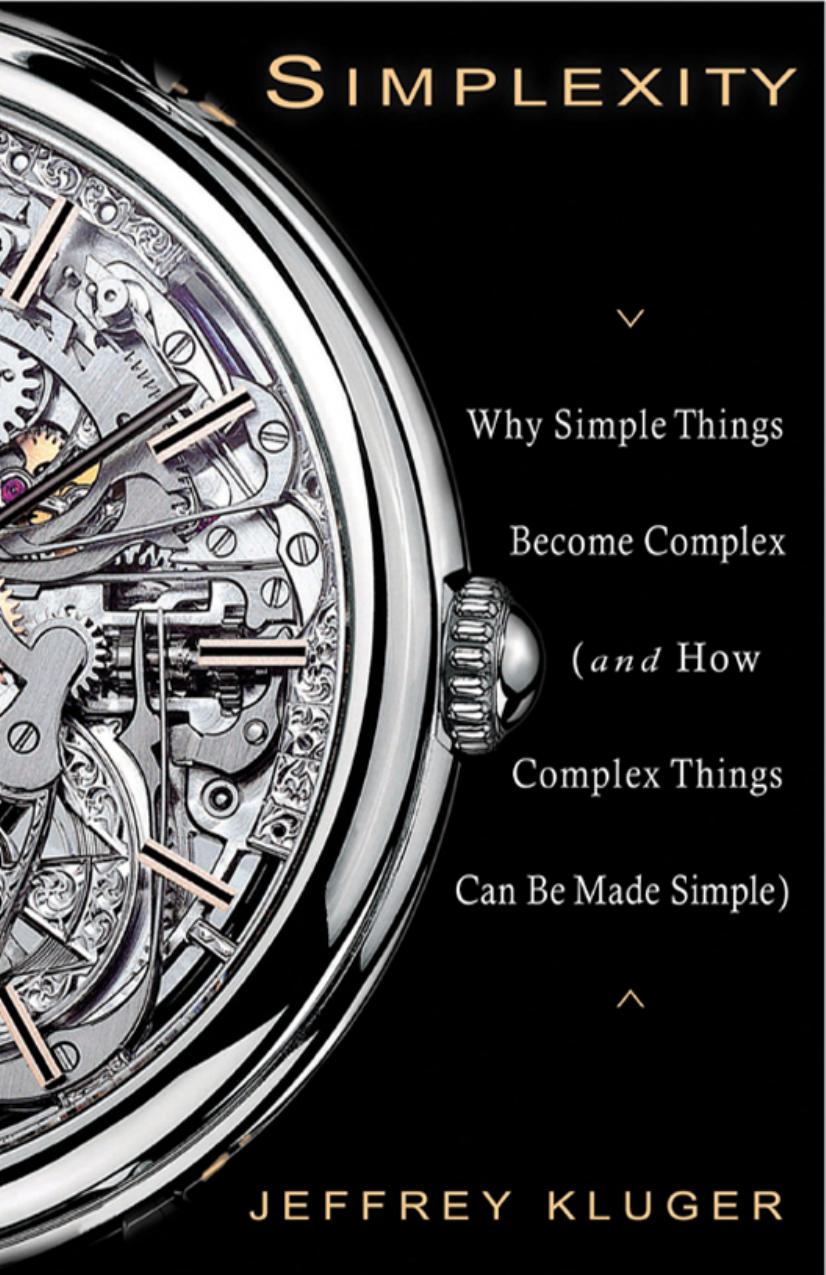Simplexity: Why Simple Things Become Complex (and How Complex Things Can Be Made Simple) by Jeffrey Kluger

Author:Jeffrey Kluger [Kluger, Jeffrey]
Language: eng
Format: epub, pdf
Tags: Metafísica
Publisher: Hyperion
Published: 2008-06-02T22:00:00+00:00
THE ALMOST MONASTIC way coaches and managers lose themselves in their work is one thing that has given so many of them the reputation of rough-hewn wise men. It’s not for nothing that Casey Stengel—player, manager, or coach with eighteen different baseball teams—was dubbed “The Old Perfesser.” It’s not for nothing that Bill Walsh, who coached the San Francisco 49ers to three Super Bowl wins in ten years, was known simply as “The Genius.”
But more and more, sports’ councils of elders are being filled not just by field generals, but by scientists and empiricists too. In the 1980s, tactical statisticians first began joining the game, unpacking their Apple IICs and first-generation laptops in press booths and crunching baseball’s ubiquitous numbers in a truly serious way. Around the same time, physicists—moved in equal measure by the biomechanics and ballistics of sports as by what all this could tell them about how to design better and safer equipment—started weighing in, digitizing and analyzing the movements of players and the performance of their bats and rackets and mitts. In recent years, complexity researchers have been taking their own close look at things. Not long ago, the Santa Fe Institute cohosted a seminar in which it brought together scientists and other observers of sport to take a more multidisciplinary look at the field, trying to tease out some of the larger rules that drive the games. One of the best-known in attendance was Dean Oliver, author of the book Basketball on Paper, and an analyst for the Denver Nuggets.
In the late 1990s, Oliver was toiling away at an environmental engineering firm, which was a position eminently suited to his education: a bachelor’s degree in engineering from Caltech and a masters and PhD in environmental engineering from the University of North Carolina. But Oliver also loved basketball, and in his free hours he would fool about with game statistics, enjoying how the numbers opened things up to him in a way merely watching the games didn’t. His academic training had taught him the power of equations to simplify such jobs as hunting for oil or protecting groundwater, and he believed they could do the same with the equally disorderly goings-on on a basketball court. “You learn all these amazing things in engineering school,” Oliver says. “And so many of them rely on mathematical and statistical models that apply in other disciplines too.”
Oliver was so confident of his analyses that he began offering them to the front office of his favorite team—the Seattle Supersonics—explaining that they would help the coaches get the most production out of each player’s particular set of skills. The Sonics liked what they saw and for a while paid him with free tickets to games. Finally, in 2004, he published his book, and like the athletes he studies, he went pro, signing on as a consultant first with the Sonics and then jumping to the Nuggets.
If there’s one bit of dictum above all others that Oliver tries to impress upon the coaches and general managers he counsels, it’s this: Your hunches lie; trust the numbers.
Download
Simplexity: Why Simple Things Become Complex (and How Complex Things Can Be Made Simple) by Jeffrey Kluger.pdf
This site does not store any files on its server. We only index and link to content provided by other sites. Please contact the content providers to delete copyright contents if any and email us, we'll remove relevant links or contents immediately.
The Complete Stick Figure Physics Tutorials by Allen Sarah(7336)
Secrets of Antigravity Propulsion: Tesla, UFOs, and Classified Aerospace Technology by Ph.D. Paul A. Laviolette(5332)
Thing Explainer by Randall Munroe(3909)
The River of Consciousness by Oliver Sacks(3572)
The Order of Time by Carlo Rovelli(3162)
How To by Randall Munroe(3074)
A Brief History of Time by Stephen Hawking(2991)
I Live in the Future & Here's How It Works by Nick Bilton(2958)
What If?: Serious Scientific Answers to Absurd Hypothetical Questions by Randall Munroe(2667)
The Great Unknown by Marcus du Sautoy(2661)
Midnight in Chernobyl by Adam Higginbotham(2515)
Blockchain: Ultimate Step By Step Guide To Understanding Blockchain Technology, Bitcoin Creation, and the future of Money (Novice to Expert) by Keizer Söze(2467)
Networks: An Introduction by Newman Mark(2382)
The Meaning of it All by Richard Feynman(2318)
Easy Electronics by Charles Platt(2307)
The Tao of Physics by Fritjof Capra(2247)
Midnight in Chernobyl: The Untold Story of the World's Greatest Nuclear Disaster by Adam Higginbotham(2195)
When by Daniel H Pink(2098)
Introducing Relativity by Bruce Bassett(2097)
